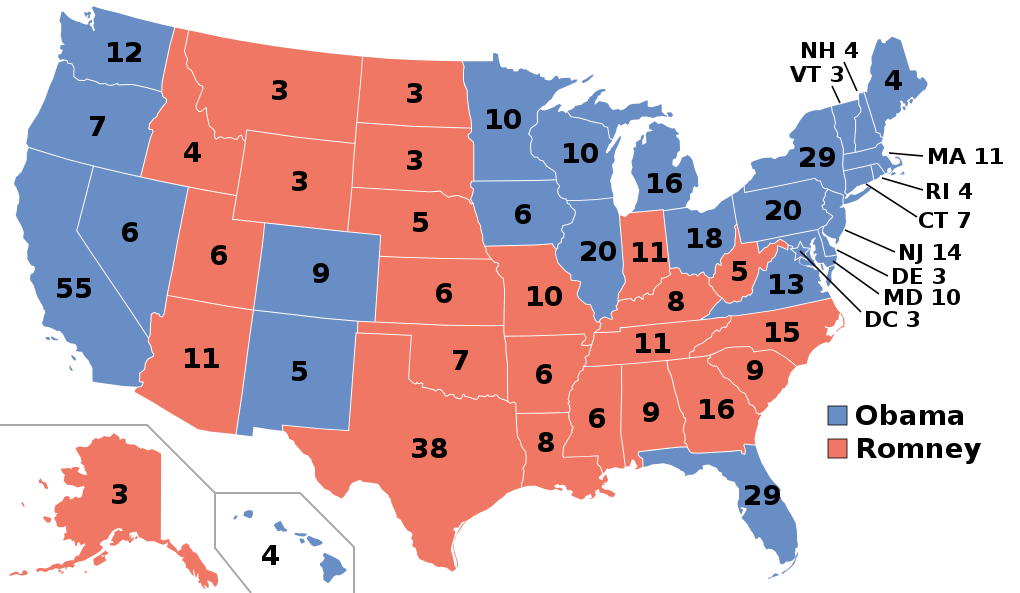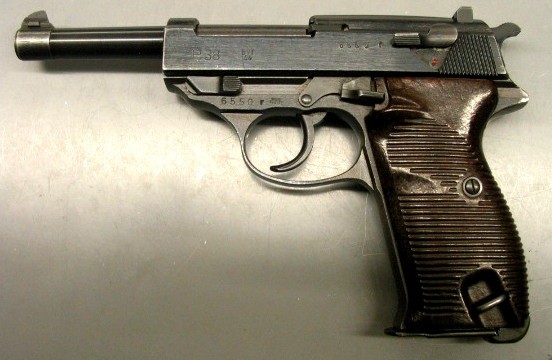...
Amid all the frantic posturing and wild claims emanating from both sides of the gun debate, we find ourselves locked in another endless, circular argument around "assault rifles". What are they good for? Why do we 'need' them? What makes them assault rifles, what makes them desirable, what makes them unacceptable and what would make them acceptable? In all the shouting and flecks of spittle, it's easy to forget that we have been all through this before. Not just the arguments over the original assault weapons ban of the Clinton years - although that event does serve as a kind of a coda to this story - but well before, going back to the years of great firearms innovations from 1960 to 1980.
In this period we saw the rise of a new kind of weapon, a submachine gun the size and form factor of a pistol, characterized by cheap, stamped metal construction, high rates of fire and corresponding large capacity magazines and representing a level of portable, concealable firepower that had simply never been available before. In the end there were dozens of different manufacturers and models, but the family tree has three branches, and at the top of each branch is an icon, a shining star in the firmament of global bloodshed in the latter half of the 20th century.
What was required to kick off this mini arms race was an engineering breakthrough. The challenge is the bolt - it has to have enough mass to operate with the right timing to cycle the weapon. Conventional wisdom had always been that the bolt was behind the barrel, and never the twain shall meet. Slowly, the firearms design community began to think about another option. What if, they wondered, we could extend some of the mass of the bolt over or around the barrel in front of the chamber? You could then envision a system that would use a ten inch barrel and would only be fourteen inches overall. Then, if you put the grip under the chamber and loaded the magazine in the grip, as in a typical automatic pistol, you might just be able to build something that had never been seen before.
In the beginning, there was Uzi
 |
| Where the HELL did he get that thing? |
The revolution started small - or rather large. In the early fifties, designer Uziel Gal was working on a 9mm submachine gun for the Israeli Defense Forces. His design utilized the breakthrough telescoping bolt, extending it forward past the breech to provide it with enough mass to make the gun cycle reliably. The magazine fed through the pistol grip, and while the early versions had long barrels and fixed stocks in 1954, it evolved into the tiny, deadly weapon we saw most famously appear from nowhere during the attempt on President Reagan's life in 1981.
The world noticed, an icon was born, and weapons design would never be the same. The concept was irresistible - a small, concealable, high capacity automatic weapon was a game changer. Its time had come.
Shortly after the success of the Uzi came the MAC 10
 |
Miami Vice had their finger on the pulse of
American firearms in the '80s. And white
Linen jackets. |
In the mid-sixties, Gordon Ingram took the idea of the Uzi, stripped out all of the quality and elegance, and made a small, ugly, ridiculous gun that became the weapon of choice in the drug wars. The MAC 10 was a crude, stamped, welded .45ACP submachine gun that was eleven inches long and weighed six pounds. It was clunky and ugly and worst of all, it had a ridiculously high rate of fire - for technical reasons around the distance the bolt had to travel, it was very hard to reduce without affecting reliability. So it fired 1000 rounds per minute in .45 ACP - the equivalent of a full 30 round magazine in a little over a second. Not terribly useful in an extended firefight.
The MAC 10 spawned lots of imitators, primarily because the companies that made it kept going out of business. But it became ubiquitous in the '80s - I had one of the Cobrays in 9mm that my fiance bought for my birthday. As crude and cheap as they were, they were so simple that they were utterly dependable, and you could push 30 rounds downrange in the blink of an eye. With the very short barrel, loose tolerances and the tendency to load cheap 9mm realoads - if you are loading a bunch of 30 round magazines, cost starts to become a consideration - accuracy was not great. Although it was hard to hold and aim, so it was an ongoing debate as to the inherent accuracy of the gun - but it was designed to put a LOT of lead downrange, and it did that very well.
But now we were getting into the late '80s, street violence was off the charts, crack wars were raging in Florida and gangs were exploding along with the growth of crack cocaine. And that leads us to the final straw.
As street crime and the drug wars heated up in the '70s and '80s, the US market responded with the TEC9
 |
| He seems to have anger issues |
As the cocaine and gang wars of the 80s continued to dominate both the news and popular culture, a company called Intratec - a spinoff of a Swedish arms manufacturer - produced a design destined for infamy, called the TEC-9. The TEC-9 was a little different from its fellows - it was designed from the ground up as a semi-auto for the American market, and despite its own version of the telescoping bolt, it had a magazine that loaded in front of the pistol grip. Rather than being a submachine gun re-designed for civilian use, it was a high capacity semi-auto pistol targeted on the civilian market from the very beginning. And since the earliest versions fired from the open bolt, converting it to full auto was trivial. Eventually, Intratec was forced by US regulators to redesign the TEC-9 so it was much more difficult to convert, but by then there were dozens of copycats and knockoffs. If any one weapons design drove the first round of 'assault weapon' bans in the '90s, it was the cheap, deadly little TEC-9.
Now, there is a reason why, out of 12,253 murders in the US in 2013, only 285 were committed with rifles. They are big, expensive and impossible to carry or conceal. So it is these very small, high capacity weapons that use the ammunition and form factor of the handgun and build onto it the firepower of an assault rifle that are probably a more realistic concern. But of course, the real danger is the availability of the plain vanilla, run-of-the-mill handgun, any old thing you can stuff in your pocket or in your belt and reach for when you're angry, frightened or drunk.
But trying to legislate against certain kinds of rifles due to a few very bloody, high-profile incidents is not productive. Whether you want it to be true or not, rifles like the AK-47 and AR-15 do have many legitimate uses - the argument "why would you NEED one of those?" simply doesn't hold water. But guns like the three little pigs? These are street guns, concealable killing machines, and while they are ridiculously fun to shoot (full disclosure: I had a MAC-11 for a number of years in the '80s), they really don't have much purpose beyond putting a lot of lead downrange in a very short period of time from concealment.
...



.jpg)




